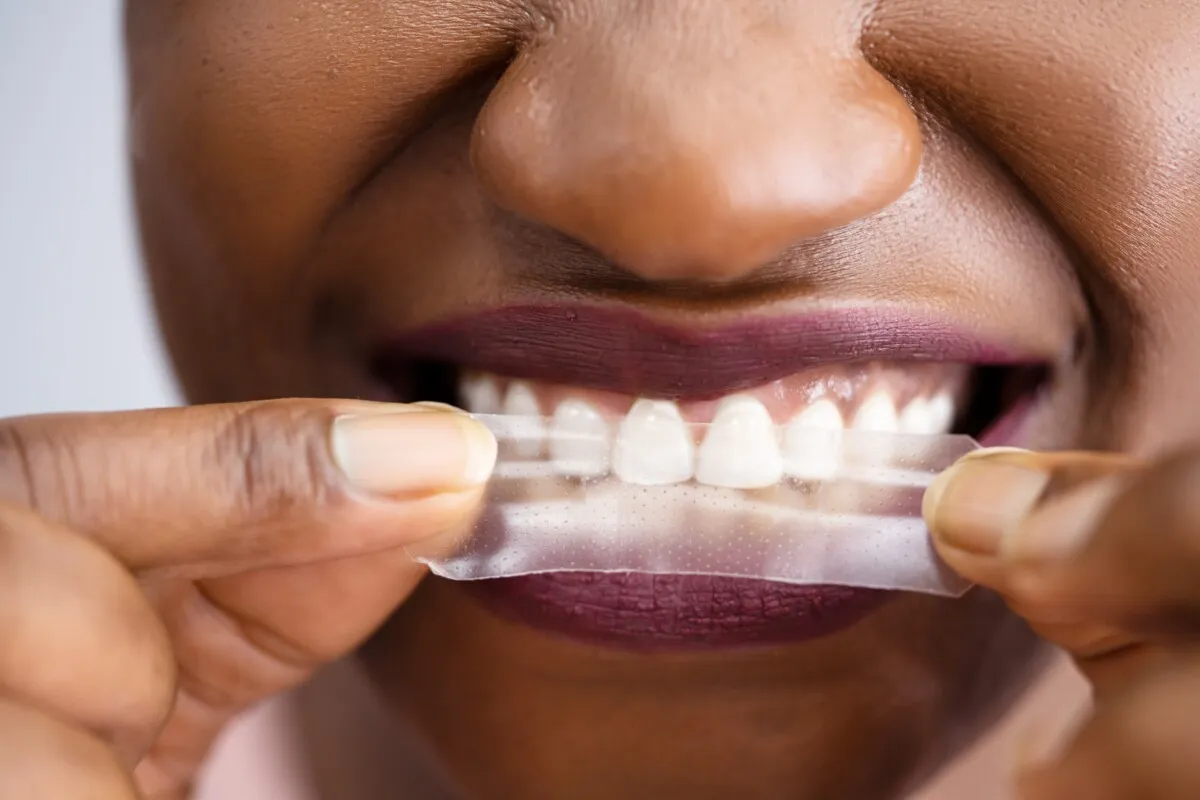What to Expect from Whitening Strips
Whitening strips have become a popular choice for people looking to brighten their smiles. They offer a convenient and affordable way to address tooth discoloration. However, it’s essential to have realistic expectations. The results vary depending on the individual and the type of staining present. Understanding what whitening strips can and cannot achieve is crucial for a satisfying experience. This article will explore the key factors influencing whitening strip results and provide insights into maximizing their effectiveness. We’ll delve into how these strips work, the ingredients involved, and practical tips to help you achieve the best possible outcome.
How Whitening Strips Work
Whitening strips typically utilize a peroxide-based bleaching agent to lighten the color of your teeth. When applied, the active ingredient penetrates the enamel, breaking down stain molecules and reducing discoloration. The effectiveness of this process depends on several factors, including the concentration of the active ingredient, the duration of application, and the type of stains. Generally, these strips are designed to be used once or twice daily for a specific period, as indicated on the product packaging. Proper usage is essential to achieving the desired results without causing harm to your teeth or gums. Let’s get deeper into the science behind whitening and how the strips work their magic.
The Science Behind Whitening
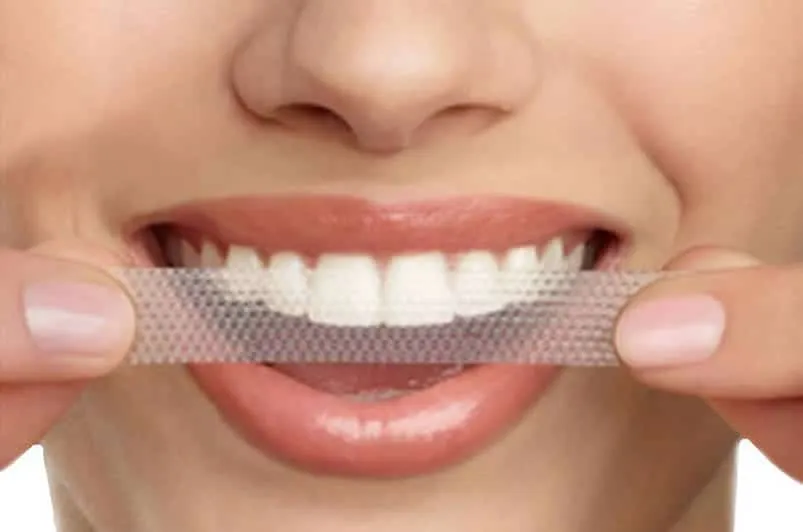
The science of teeth whitening revolves around chemical reactions. The active ingredients in whitening strips, most commonly hydrogen peroxide or carbamide peroxide, release oxygen molecules that penetrate the enamel. These oxygen molecules break the bonds of stain molecules, which causes the stains to disperse and makes your teeth appear whiter. This process is a form of oxidation, and it’s the key to achieving a brighter smile. The efficiency of this process is dependent on how long the active ingredient is in contact with the teeth and the concentration of the ingredient. The choice of whitening strips depends on the specific needs and preferences of each user.
Key Ingredients in Whitening Strips
The primary active ingredient in most whitening strips is either hydrogen peroxide or carbamide peroxide. Hydrogen peroxide is a stronger bleaching agent, which is often used in professional treatments, but it can also be found in higher concentrations in some over-the-counter products. Carbamide peroxide breaks down into hydrogen peroxide, but it does so at a slower rate. Other ingredients may include stabilizers, binders, and flavoring agents. It’s essential to check the ingredient list for any potential allergens or sensitivities. The concentration of the active ingredient will also affect the speed and degree of whitening, with higher concentrations often leading to faster results, but also potentially increasing the risk of sensitivity.
Factors Influencing Whitening Strip Results
Several factors can influence the effectiveness of whitening strips. These include your natural tooth shade, the type of staining you have, and the consistency of your usage. Understanding these factors can help you set realistic expectations and choose the right product. The initial shade of your teeth is a critical consideration, as those with naturally lighter teeth may see more dramatic results. The nature of the stains also plays a role. Surface stains caused by coffee, tea, or tobacco often respond well to whitening strips, while intrinsic stains, such as those caused by medication or trauma, might be more challenging to treat. Let’s explore each of these influencing factors in more detail.
Your Tooth’s Natural Shade
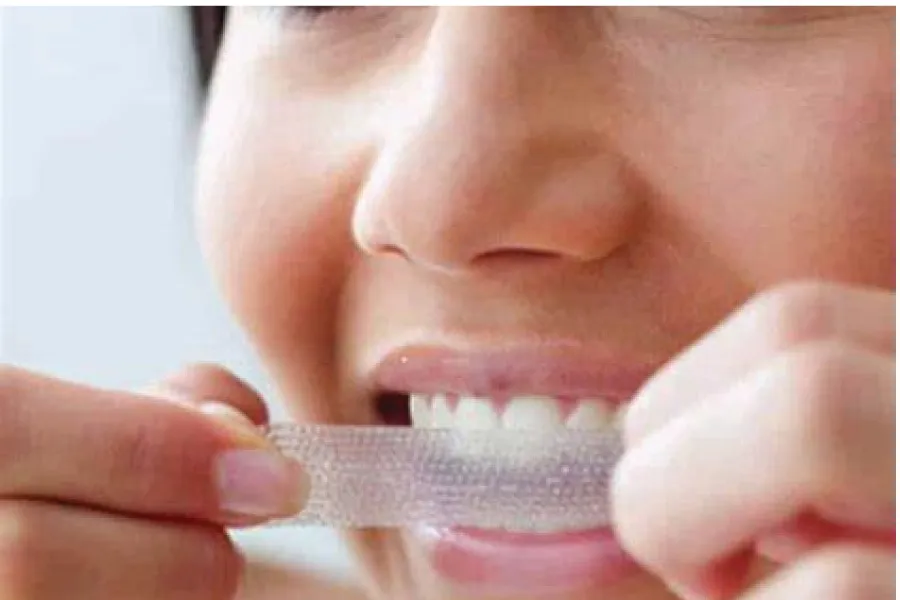
Everyone’s teeth have a unique natural shade, ranging from yellowish to grayish. The natural color of your teeth influences how much brighter they can become with whitening strips. People with naturally lighter teeth may see more significant improvements compared to those with darker shades. The effectiveness of the strips is related to how much the shade can be lightened before it reaches the optimal color. It’s important to remember that whitening strips can lighten your teeth several shades, but they won’t change their underlying color. The results are a relative improvement rather than a complete transformation of the original shade of your teeth.
Stains and Discoloration
The type of stains you have significantly impacts the effectiveness of whitening strips. Extrinsic stains, which are on the surface of your teeth and caused by foods, drinks (like coffee, tea, and red wine), and tobacco, generally respond well to whitening treatments. These stains are easier for the peroxide to penetrate and break down. Intrinsic stains, which are within the tooth structure, are more difficult to remove. These stains can be caused by genetics, medications (like tetracycline), or trauma. Whitening strips may still help to improve the appearance of teeth with intrinsic stains, but the results might be less dramatic and take longer to achieve. The success of whitening strips can also depend on the severity and age of the stains.
Sensitivity and Whitening Strips
Tooth sensitivity is a common side effect of using whitening strips. The peroxide can penetrate the enamel and reach the dentin, which contains nerve endings. This can cause temporary sensitivity to hot or cold foods and drinks. The intensity of sensitivity varies from person to person and can be influenced by the concentration of the active ingredient and the duration of application. Sensitivity usually subsides within a few days after stopping or reducing the use of the strips. Some people find it helpful to use a toothpaste designed for sensitive teeth during the whitening process. It is also advised to consult a dentist, if you have a high sensitivity to whitening strips.
Tips for Maximizing Results
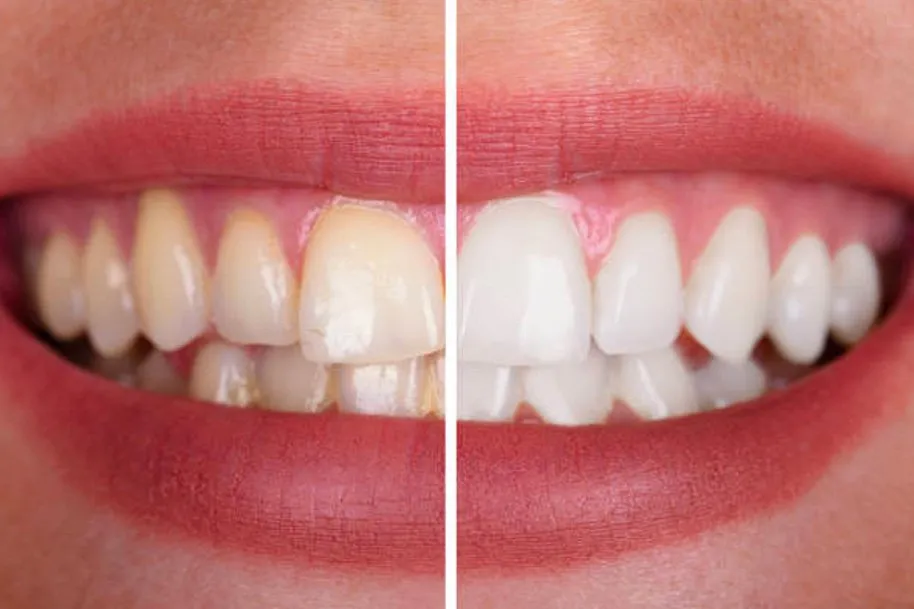
To get the best results from whitening strips, follow the product instructions carefully. Proper application and consistent use are key. There are also some additional steps you can take to enhance the whitening process and maintain your bright smile. These tips include preparing your teeth, using the strips correctly, and maintaining good oral hygiene. Remember to consult a dentist for personalized advice. Avoiding certain foods and beverages that can stain your teeth can help ensure you get the most out of your whitening efforts and prolong your bright smile. Regular dental check-ups also ensure the teeth remain healthy.
Proper Application Techniques
Effective application is crucial to the success of whitening strips. Always start by brushing your teeth gently before applying the strips. Ensure your teeth are dry, as this will help the strips adhere properly. Apply the strips carefully, making sure to align them with your gum line. Avoid contact with your gums as this can lead to irritation. Follow the product instructions for the recommended wear time. After removing the strips, rinse your mouth with water to remove any residual gel. Avoid eating or drinking for at least an hour after application to allow the whitening agent to work effectively. Consistency is also an important part of any whitening plan.
Maintaining Results After Treatment
Once you achieve your desired results, maintaining your bright smile is key. Avoiding foods and beverages known to stain teeth, such as coffee, tea, red wine, and dark berries, can help prevent discoloration. Regular brushing and flossing are essential to maintain good oral hygiene and remove surface stains. Consider using a whitening toothpaste to help remove stains and keep your teeth bright. Regular dental check-ups and cleanings will also help maintain your results and address any potential issues. Consider using a straw when consuming staining beverages. Using a whitening toothpaste can also help to maintain the brightness achieved with the whitening strips.
The Longevity of Whitening Strip Results

The longevity of your whitening strip results depends on your lifestyle and oral hygiene habits. On average, the effects of whitening strips can last from a few months to a year or more. However, this can vary significantly. The more frequently you consume staining foods and drinks, the quicker your teeth may lose their brightness. Maintaining good oral hygiene, avoiding tobacco, and regular dental check-ups can help prolong the results. Touch-up treatments with whitening strips or other whitening methods can be used to maintain your bright smile over time. Follow the advice of your dentist for the best results.
Potential Side Effects and How to Manage Them
While whitening strips are generally safe, they can cause some side effects. Understanding these potential issues and how to manage them can help ensure a comfortable and effective whitening experience. The most common side effects are gum irritation and tooth sensitivity. These side effects are usually temporary and subside once you stop using the strips or reduce the frequency of use. Always adhere to the product instructions. Consult your dentist if these side effects persist or become severe. There are many options to reduce the sensitivity to the strips, like using sensitive toothpastes.
Gum Irritation
Gum irritation is a common side effect. This is usually caused by the peroxide gel coming into contact with your gums. Symptoms can include redness, swelling, and soreness. To minimize gum irritation, apply the strips carefully, avoiding contact with your gums. If irritation occurs, take a break from using the strips and allow your gums to heal. You may also use a toothpaste designed for sensitive gums. If the irritation is severe or persistent, consult your dentist. Ensuring you have good application techniques helps minimize the risk of this irritation.
Tooth Sensitivity

Tooth sensitivity is another potential side effect of whitening strips. The peroxide in the strips can penetrate the enamel and irritate the nerves in your teeth, causing sensitivity to hot or cold temperatures. To manage sensitivity, you can use a toothpaste designed for sensitive teeth. Avoid excessively hot or cold foods and drinks during the whitening process. If the sensitivity is severe, stop using the strips and consult your dentist. Reducing the frequency of application or using a lower concentration of whitening strips can also help minimize this side effect. It is essential to listen to your body.
Comparing Whitening Strips
When choosing whitening strips, consider several factors. Different products offer varying concentrations of the active ingredient, application times, and price points. Reading reviews and comparing different brands can help you find the product that best suits your needs and budget. Understanding the differences between whitening strips and professional treatments is also important. Professional whitening is often more effective and offers immediate results, but it can be more expensive. Over-the-counter whitening strips provide a convenient and cost-effective alternative for achieving a brighter smile. Consider your specific needs when making your decision.
Whitening Strips vs. Professional Whitening
Whitening strips offer a convenient and affordable way to brighten your smile, but professional whitening treatments typically provide more dramatic and immediate results. Professional whitening, performed by a dentist, uses stronger bleaching agents and can target both intrinsic and extrinsic stains. The process is also supervised by a dental professional, which ensures safety and can minimize the risk of side effects. Professional whitening often uses custom-fitted trays. Whitening strips can be a good option for those seeking a budget-friendly and convenient way to improve their smile. However, those seeking more dramatic results should consider professional whitening. The results can vary, but professional whitening typically lasts longer.
Cost and Convenience
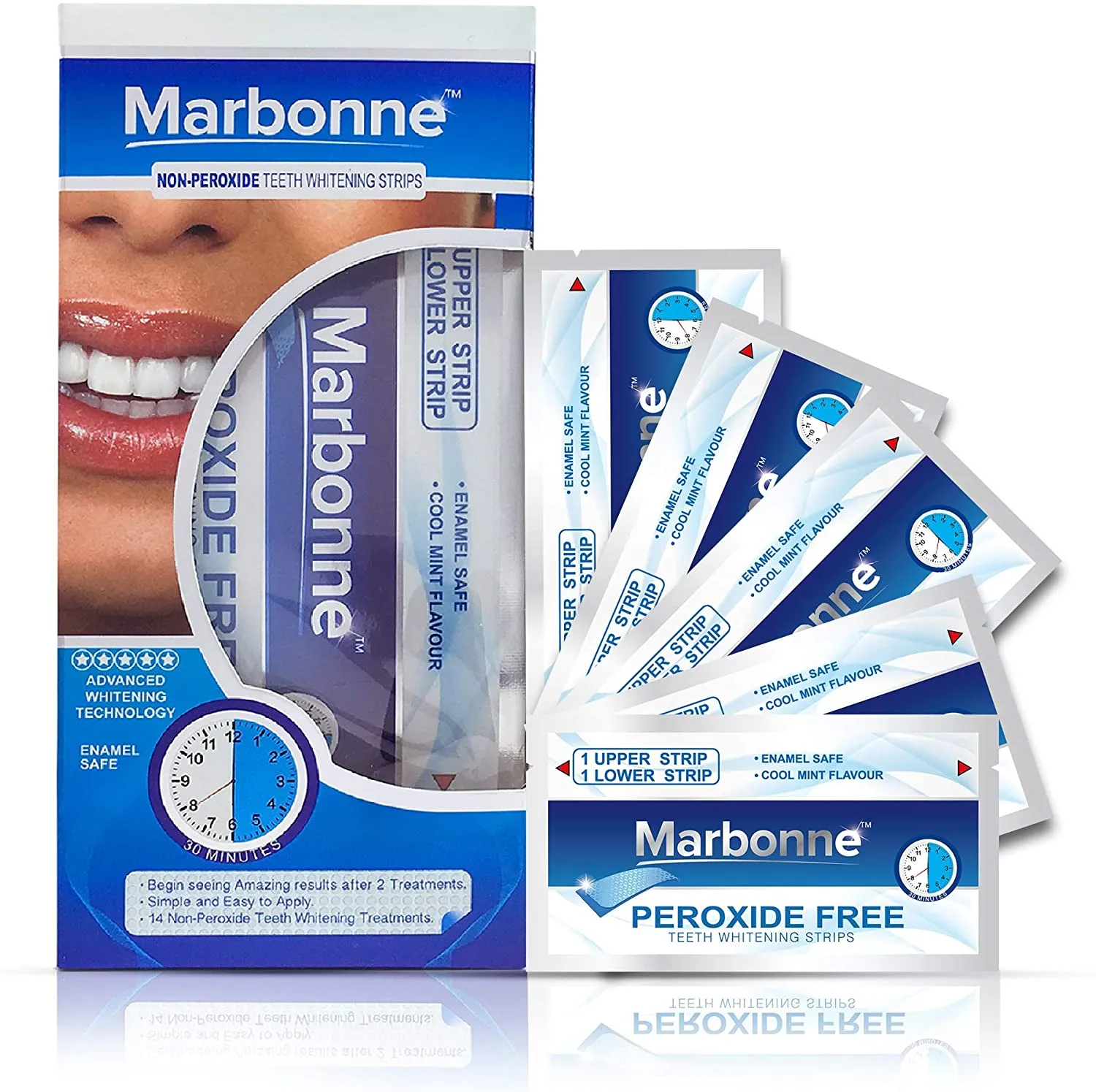
Whitening strips are significantly less expensive than professional whitening treatments. They are readily available at drugstores and online retailers, making them highly convenient. Professional whitening requires a visit to the dentist’s office, which can be time-consuming and costly. The convenience and affordability of whitening strips make them a popular choice for many people. The cost-effectiveness of whitening strips makes them an attractive option. Whitening strips offer a practical solution for those looking to enhance their smile without the high cost or the need for professional intervention. The ease of use is one of the main advantages of these products.
The 7 Key Takeaways About Whitening Strip Results
In summary, here are the seven key takeaways about whitening strip results: results vary depending on the individual, the type of stains, and the product used. Consistent use and proper application are essential for optimal results. Tooth sensitivity and gum irritation are potential side effects that can be managed. Maintaining good oral hygiene and avoiding staining foods and drinks help prolong the results. Whitening strips offer a convenient and affordable alternative to professional whitening. Always follow product instructions and consult your dentist if you have concerns. Realistic expectations and patience are key to achieving a brighter, healthier smile.
